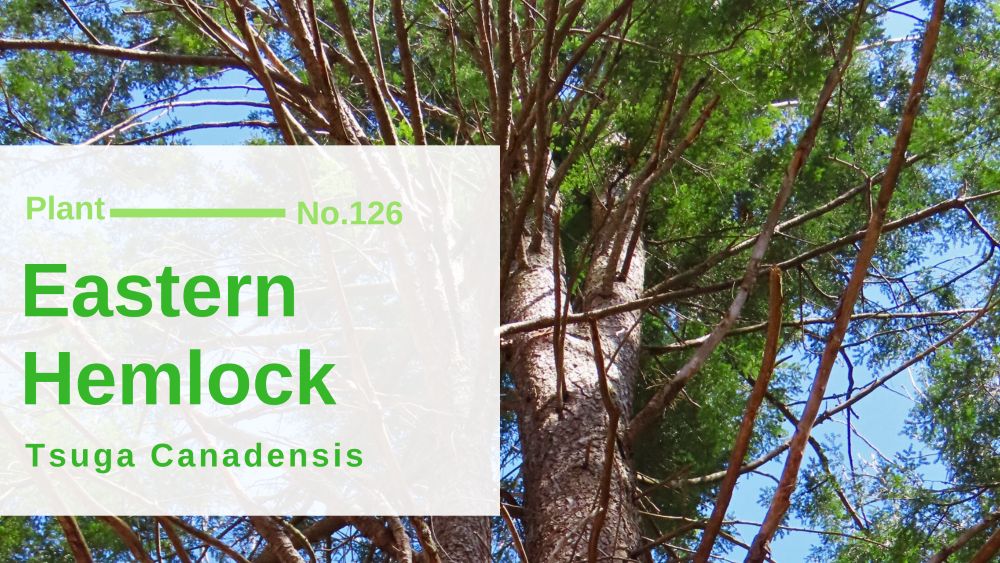Purple Loosestrife – Lythrum Salicaria: Edible & Medicinal Uses of the Purple Marsh Eater of Wild Plants

Purple loosestrife is causing a bit of strife here. This introduced edible and medicinal plant sure is pretty, but purple loosestrife is taking over our marshes and crowding out native plants necessary for a healthy ecosystem. Purple loosestrife (Lythrum salicaria) was rare here when Haliburton Flora was compiled. They only found it in two locations. …




